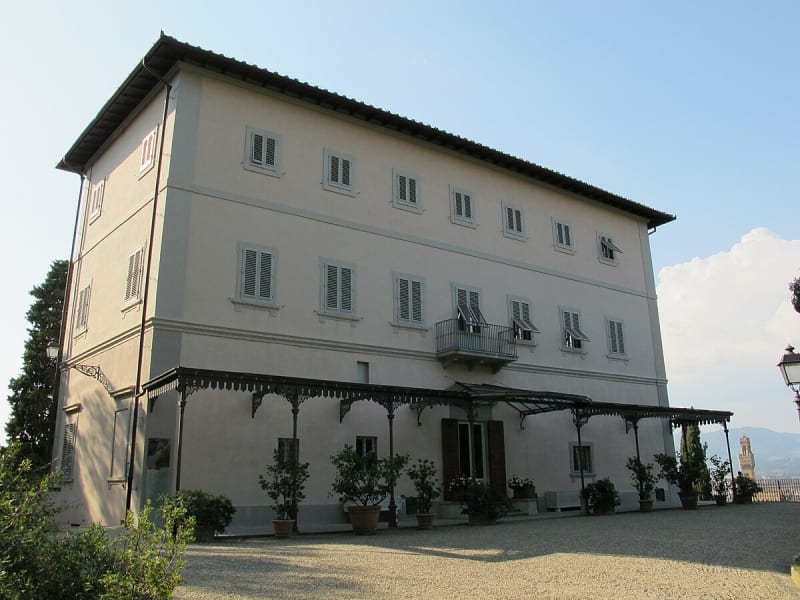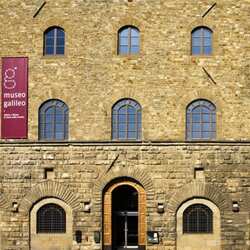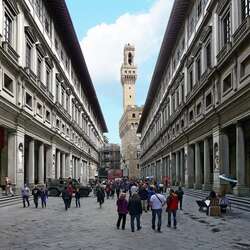Bardini Museum
The Bardini Museum is not one of the most popular tourist attractions, so you can enjoy all its splendor almost completely alone. Stefano Bardini was a renowned restorer and antique dealer of the second half of the 19th and early 20th centuries. He searched for antique rarities, restored and resold them to private collectors, while simultaneously building his own collection. He handed it over to the city authorities along with the building before his death.
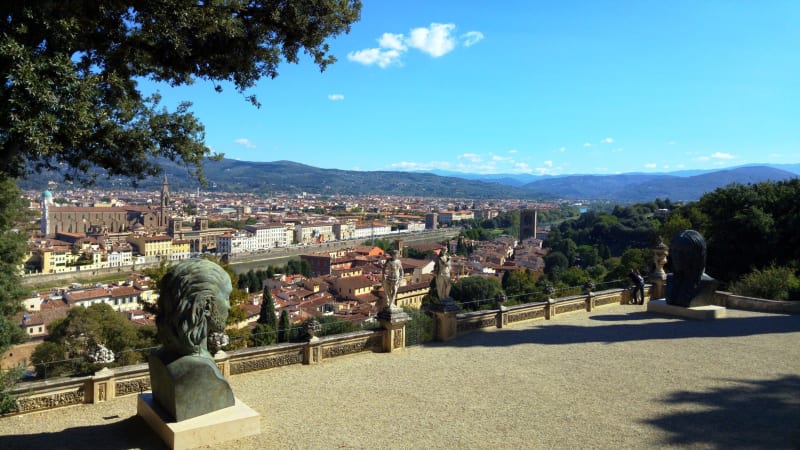
The History of the Bardini Museum
Stefano Bardini was considered one of the most successful antique dealers in the late 19th century (he was even given the nickname Prince of antiques). The man managed to literally acquire antique art objects for a song and sell them for fabulous money not only in his homeland, but also abroad. At the same time, the antiquarian's services were used not only by private individuals, but also by famous European museums. Bardini kept some of the finds for himself, forming his own collection. It was not dedicated to any particular creator or direction of creativity, the exposition included a wide variety of objects: icons, keys, figurines, ceramics, household items.
To house his collection of antiquities, Bardini purchased a plot of land with the remains of a destroyed 13th-century church. A successful collector managed to restore the building, using ancient stones, porticos and columns to restore walls, stairs and chimneys. After the merchant's death, his property became the property of the city. The municipality has renovated the premises, changing the purpose of the halls and the location of the exhibits. At the very end of the twentieth century, the Bardini Museum was closed for restoration and reopened only 10 years later.
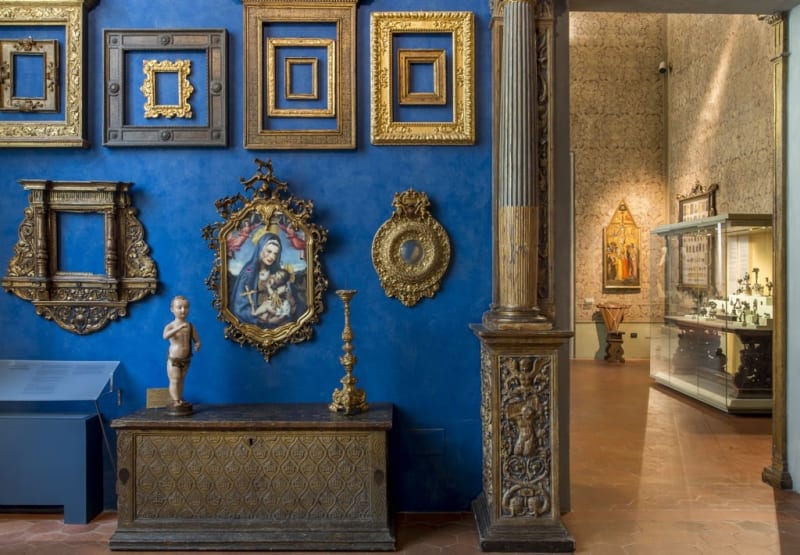
Short description
Today, the collection of the Bardini Museum is represented by a huge number of specimens, there are more than 3.5 thousand works of art. The palace is not striking in its huge size, so you can get around it without spending a lot of time. And the absence of tourists allows you to see all the exhibits with a sense and arrangement.
The Bardini Museum houses sculptures, paintings, furniture, musical instruments, armor, coins, and medals. The blue walls make the museum unusual, which is why the mansion was often called "Blue Bardini" (at the turn of the 19th and 20th centuries, this rich segment of the color palette was quite popular for decorating large halls and exhibition complexes). When the museum moved to the city, the color of the walls was replaced with yellow, considering the blue tones too gloomy. The original color was returned only after the restoration of the 2000s.
Museum Features
Several rooms in the Bardini Museum are dedicated to the history of Florence. There are originals and copies of famous sculptures that have decorated the streets of the city for several centuries. On the ground floor there is an armory, a huge medieval wooden crucifix, an unusual collection of wedding dresses and antique chests. Luxurious carpets hang along the staircase walls, while one of them is truly enormous in size. The second and third floors were occupied by paintings and a collection of bronze objects. The upper floor is devoted to a collection of paintings belonging to Arnoldo Corsi. The exhibition features works by various artists from different schools and eras. It perfectly conveys the spirit of collecting at the end of the 19th century. The former monastery garden was converted into a lapidarium, which later became known as the Mercy Hall.

